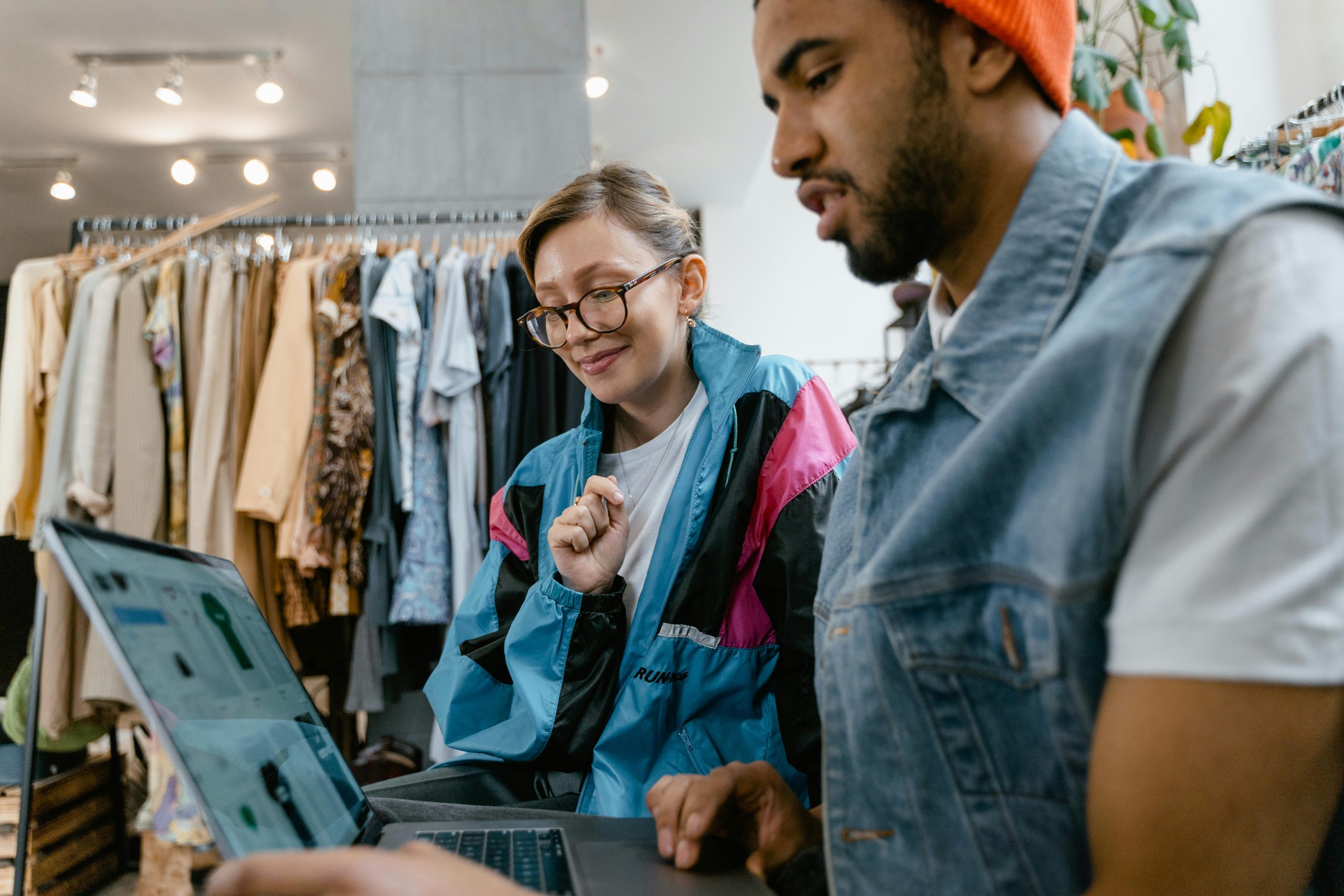Remember the days of endless lines, frustrated customers searching for help, and outdated inventory systems? These are all things of the past now, partly because the retail world is undergoing a dramatic transformation, driven by powerful new technologies. Today’s tech-savvy shoppers expect a seamless experience, whether they’re browsing online or walking through your store doors. In fact, a whopping 72% of shoppers now expect a unified experience across both channels. That means the days of siloed online and offline operations are over. Shoppers now crave convenience, personalized recommendations, and frustration-free interactions. The challenge for retailers? Redefining their retail strategy to keep pace with this ever-evolving landscape and identify the tools that will truly make a difference.
This blog is your one-stop shop for navigating the exciting world of technology in retail, and for reimagining your retail strategy. We’ll break down the must-have tech solutions into clear categories, explain their benefits in simple terms, and even show you real-world examples of how retailers are using them to take their business to the next level. It’s time for you to empower your team, elevate customer satisfaction, and position your store as a leader in retail innovation.
Challenges in the retail industry
The retail industry is in a constant state of flux. While the core concept of selling products remains the same, the way customers discover, research, and ultimately purchase those products has undergone a seismic shift. Today’s retailers face a multitude of challenges, all demanding innovative solutions:
Cutthroat Competition:
The rise of e-commerce giants like Amazon has fundamentally reshaped the retail landscape. These online behemoths offer a vast selection of products at competitive prices, with lightning-fast delivery options. This forces brick-and-mortar stores to constantly re-evaluate their pricing strategies and unique selling propositions. And the pressure doesn’t stop there. There are also an increasing number of discount chains offering rock-bottom prices on everyday essentials. This again, further squeezes profit margins for traditional retailers. Retailers need to find ways to differentiate themselves, whether through exclusive product lines, superior customer service, or a hyper-focused shopping experience.
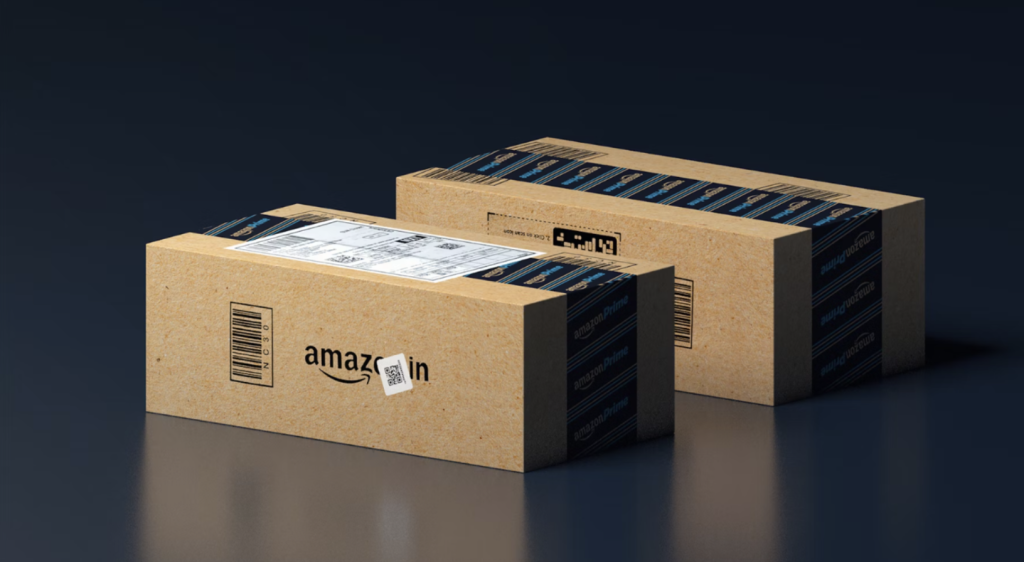
Skyrocketing Customer Expectations:
Modern shoppers are no longer satisfied with a simple exchange of money for goods. They crave a personalized, engaging experience that starts the moment they land on your website or walk through your store doors. Consider a customer browsing for shoes online. They expect to see recommendations based on their past purchases and browsing history. If they venture into a physical store, they expect knowledgeable staff who can answer questions and offer suggestions. Shoppers also appreciate targeted marketing messages, loyalty programs that reward them for their business, and a sense that they’re valued as individuals, not just walking wallets.
Operational Efficiency Woes:
Retailers are constantly pressured to do more with less. Managing inventory across multiple locations can be a logistical nightmare, with the risk of stockouts or overstocked items eating into profits. Optimizing staffing levels is another challenge. Retailers need to ensure they have enough staff on hand to meet customer needs without incurring unnecessary labour costs. Streamlining logistics is also crucial. Fast and efficient delivery options are no longer a luxury, they’re an expectation. These challenges can be overwhelming, especially for smaller retailers. However, the right technology solutions can address these issues head-on, freeing up valuable time and resources to focus on what matters most – providing a stellar customer experience.
These challenges can feel overwhelming, especially for traditional retailers who may be hesitant to embrace change. Some might view technology as a costly, risky proposition, or simply an unnecessary addition to their existing processes. However, this perspective can be a recipe for stagnation. The truth is, that technology isn’t just another trend. It’s a lifeline for modern retailers and must be incorporated into a retail strategy. The right tech solutions can address all the challenges mentioned above, and more. They can level the playing field against larger competitors, elevate the customer experience, and unlock new levels of operational efficiency. Let’s explore the specific tech tools that can help you thrive in this ever-evolving landscape.
Must-have solutions for a modern retail strategy
Let’s dive into some of the must-have tech solutions categorized by their area of impact:
In-Store Experience:
Interactive Kiosks: Imagine a world where customers can access product information, compare prices, and even check out purchases – all without waiting in line. Interactive kiosks are revolutionizing the in-store experience by offering self-service options and freeing up staff to provide personalized assistance.
Macy’s has deployed interactive kiosks in select stores, allowing customers to browse product catalogs, request fitting rooms, and even hail a salesperson for help.
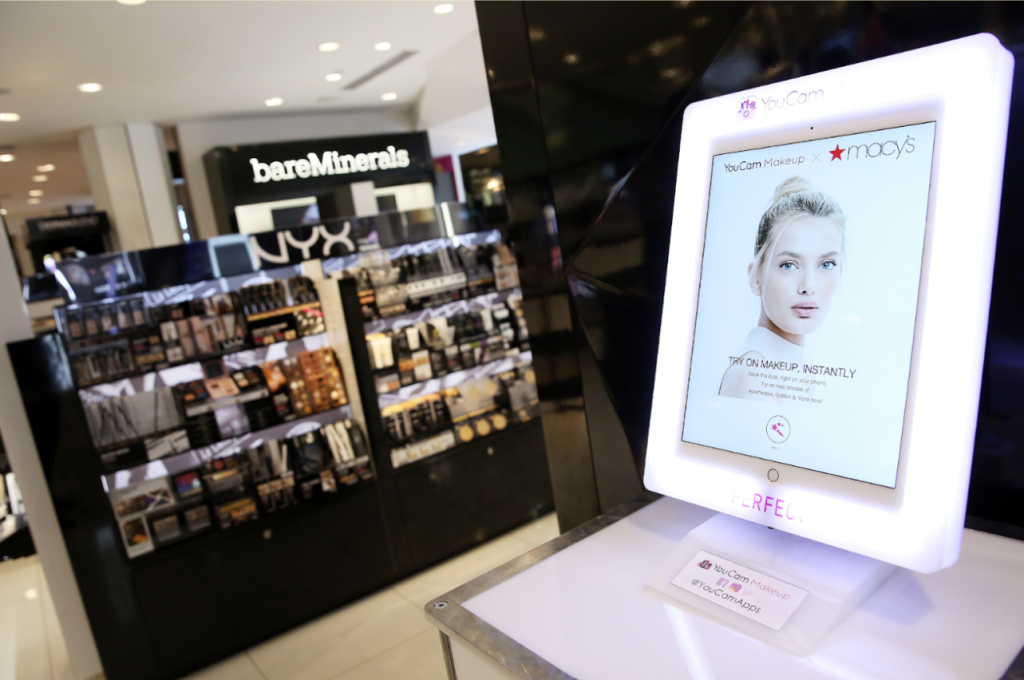
Augmented Reality (AR): Augmented reality (AR) is transforming the retail landscape by overlaying digital elements onto the physical world. Use this in your retail strategy to create an interactive experience that bridges the gap between online shopping and traditional in-store browsing.
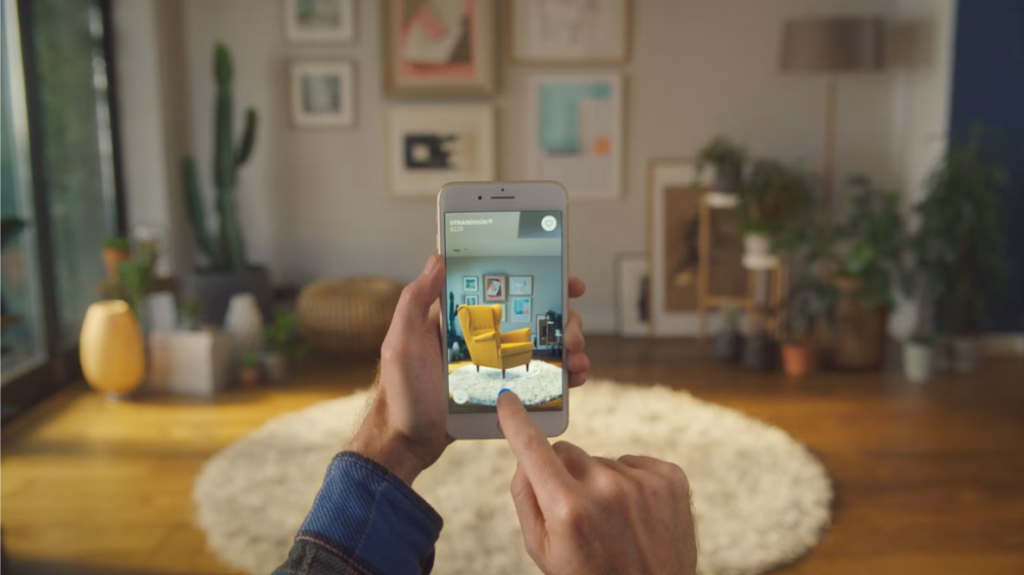
This technology is being used by retailers like Warby Parker and Sephora to allow customers to virtually try on glasses and makeup, respectively. AR can also be used for product visualization purposes, allowing customers to see how furniture might look in their homes.
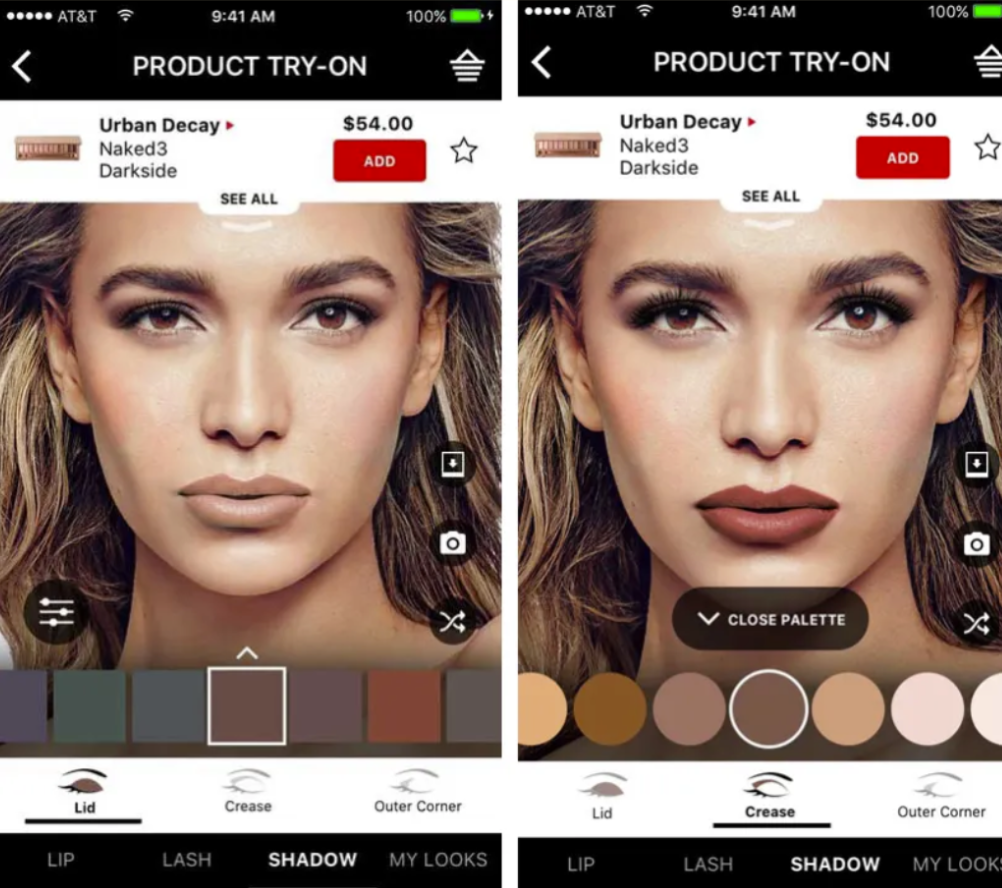
Inventory Management:
Cloud-Based Inventory Systems: Gone are the days of clunky spreadsheets and manual stock checks. Cloud-based inventory systems provide retailers with real-time data on stock levels across all locations. Use these in your retail strategy to allow for more accurate forecasting, reduce the risk of stockouts, and free up staff time previously dedicated to manual inventory management.
Walmart leverages a cloud-based inventory system to optimize stock levels and ensure products are readily available for both online and in-store purchases.
Radio Frequency Identification (RFID): RFID stands for Radio Frequency Identification. RFID tags embedded in products allow for automatic identification and tracking (imagine tiny barcodes, that don’t need to be scanned!). This translates to faster checkouts, improved inventory accuracy, and reduced shrinkage.
Nike uses RFID technology to track the movement of shoes throughout their supply chain, ensuring efficient distribution and transportation routes, product loss prevention and faster distribution to meet customer demand.
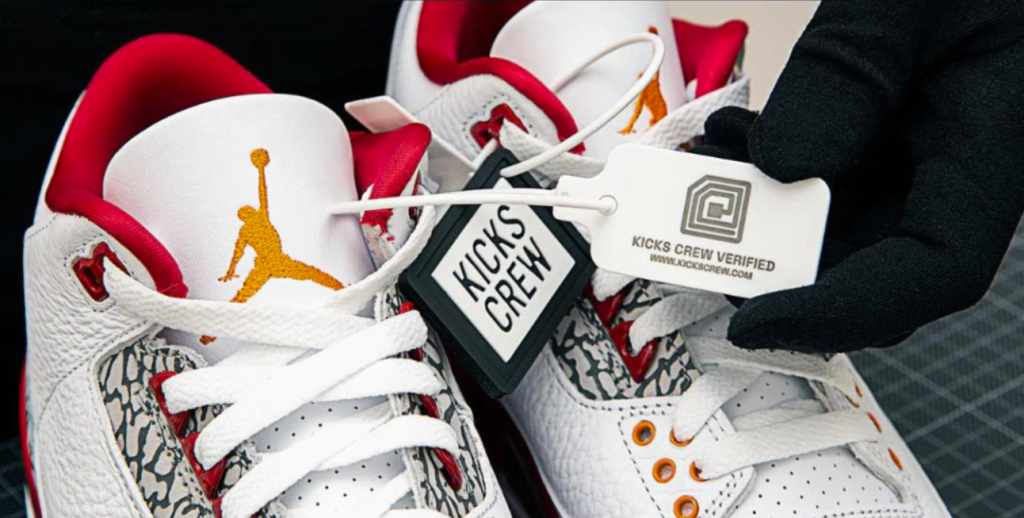
Customer Engagement:
Omnichannel Marketing: Today’s customers expect a seamless shopping experience across all channels – online, mobile, and in-store. Omnichannel marketing platforms allow retailers to create targeted campaigns that reach customers wherever they are, whether it’s through personalized emails, social media ads, or in-store promotions.
Starbucks uses an omnichannel marketing strategy, integrating their mobile app with loyalty programs and targeted promotions to keep customers engaged.
Customer Relationship Management (CRM) Systems: CRM systems allow retailers to collect and analyze customer data, providing valuable insights into buying habits and preferences. This data can be used to personalize marketing campaigns, offer targeted recommendations, and ultimately build stronger customer relationships.
L’Oreal utilizes a CRM system to gain a deeper understanding of their customer base. This allows them to develop personalized product recommendations and loyalty programs.
AI-Powered Chatbots for 24/7 Customer Support: Staffing a call center around the clock can be a significant expense for retailers. AI-powered chatbots offer a solution by providing 24/7 customer support on your website or mobile app. These chatbots can answer frequently asked questions, troubleshoot basic issues, and even direct customers to relevant resources. The best chatbots can even learn and adapt over time, offering increasingly personalized support interactions.
Sephora uses AI-powered chatbots to answer customer questions about product ingredients, and application tips, and even recommend products based on the customer’s preferences.
Other technologies in retail
Beacon Technology: Imagine walking into a store and receiving a notification on your phone for a special discount on a product you’ve been eyeing online. This is the power of beacon technology. Beacons are small transmitters that use Bluetooth technology to send targeted messages to customers’ smartphones within a specific location. This innovative technology allows retailers to bridge the gap between the online and offline shopping experience, creating a more seamless and engaging journey for their customers.
Data Analytics Tools for Unveiling Customer Secrets: In today’s data-driven world, understanding your customers is more important than ever. Data analytics tools allow retailers to collect and analyze customer data from a variety of sources, including website behavior, purchase history, and loyalty program information. By analyzing this data, retailers can gain valuable insights into customer preferences, buying habits, and even predict future trends. Data analytics can also be used to personalize the customer experience, offering targeted recommendations and promotions that are more likely to resonate with individual shoppers.
By embracing the right technology mix, you can create a more engaging and efficient shopping experience for your customers. This is the future of retail, and it’s well within your reach, given you’re open to making big adjustments in your retail strategy. The investments required to implement these technologies aren’t as steep as they may seem at first. Don’t get left behind. Start exploring these innovative solutions and watch your business thrive in the new world of tech-driven retail!
Bonus tip for all retailers!
If you own an online retail store, your checkout page and payment gateway can make or break your final sale.
For a simple, secure payment gateway, check out PaySprint. We have a no-frills, subscription-based model that allows you to receive payments for online (and in-store!) payments. With identity verification, multi-level authentication, and top-notch encryption, your online payments and receipts are locked down tighter than a vault.
With PaySprint, you can also set up an e-commerce store within our own platform, and skip the setup and maintenance costs! We also handle the technical aspects like scaling your store to accommodate growth in traffic and transactions.
Make a PaySprint Business Account today.
For more informative content on small businesses and e-commerce, click here! If you’re running an e-commerce store, we highly recommend you read these:
Why Every Small Business Needs a Growth Plan
Top 7 Decision-Making Tips for Managers
Scaling Your Business with PaySprint Wallet Balance Protection

